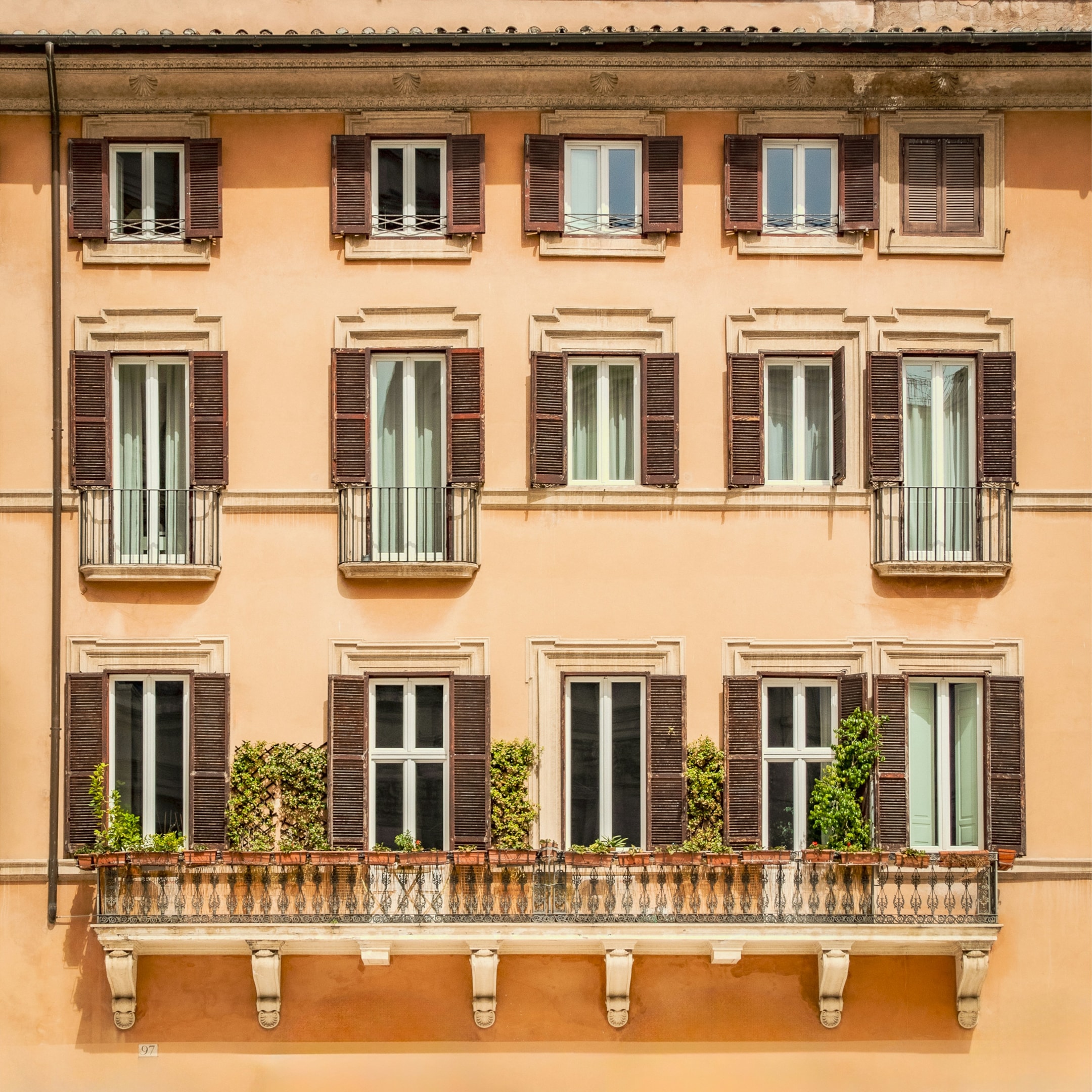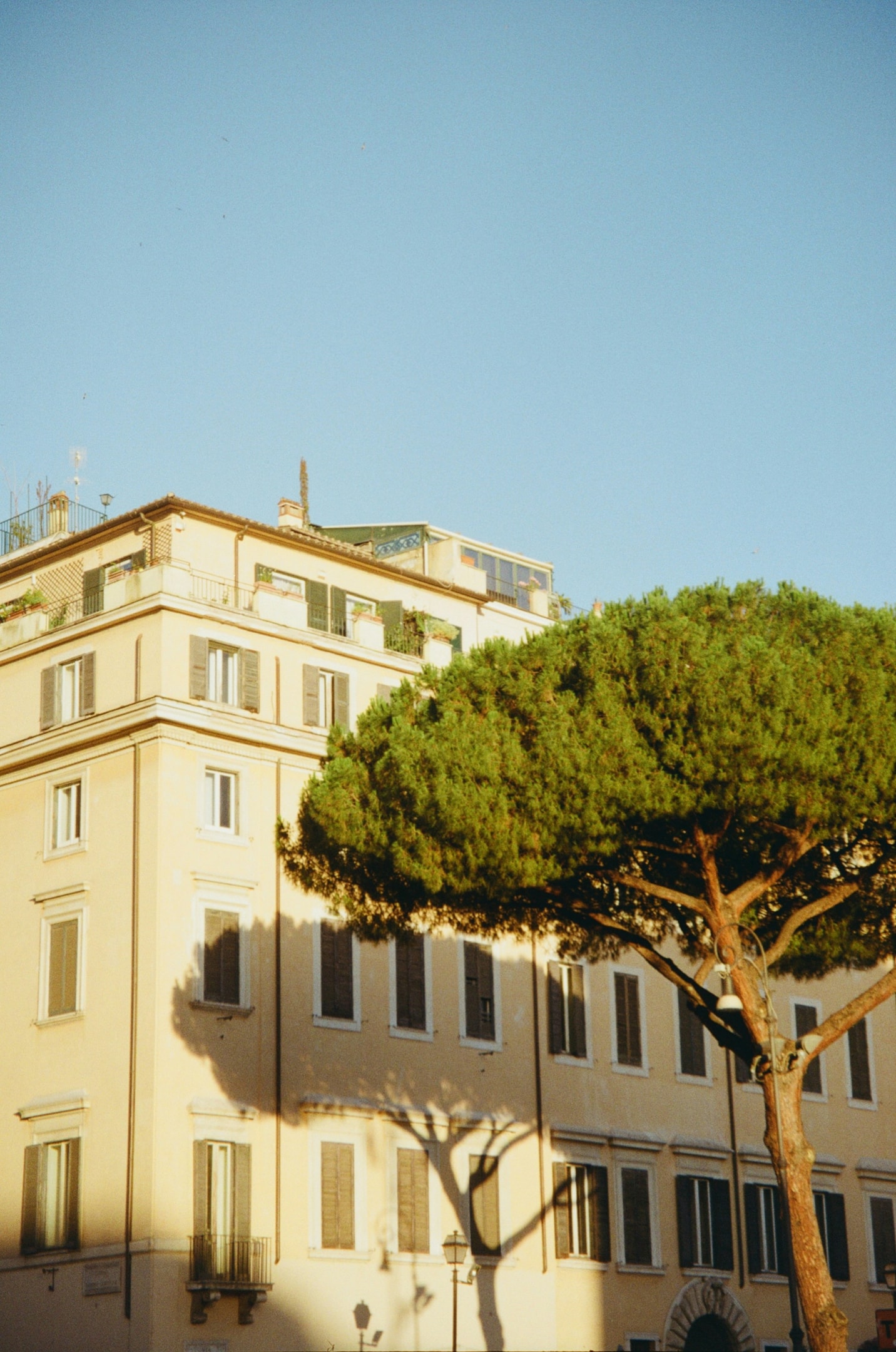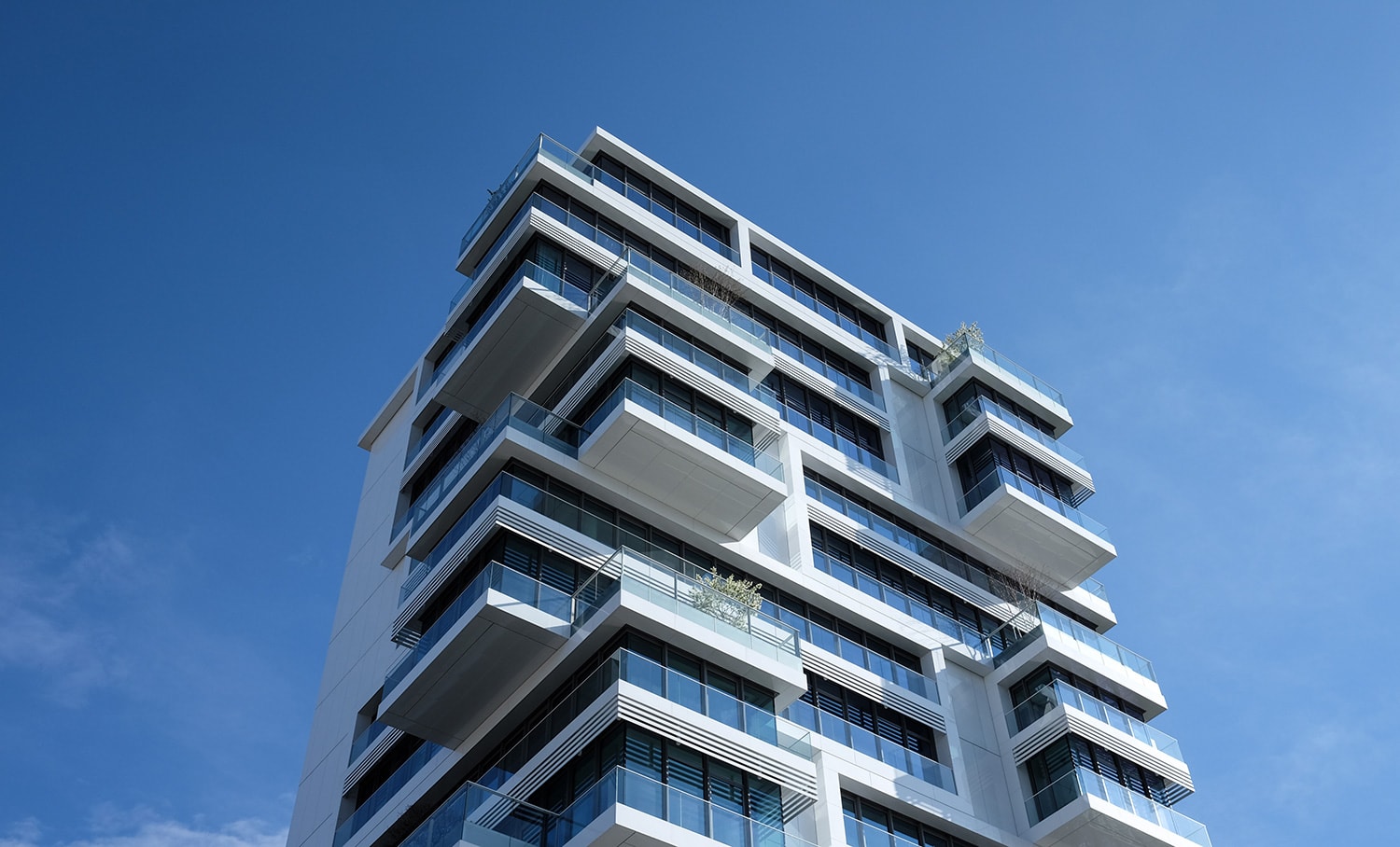Index
When deciding to sell a property located in a condominium, it's crucial to be informed about any irregularities in the building's common areas. These irregularities may involve unauthorized modifications, maintenance issues, or improper use of shared spaces.
It's essential to understand and resolve these issues before the sale to avoid legal complications and ensure a smooth, hassle-free transaction. This article will delve into what it means to have irregularities in the condominium's common areas and how to manage them effectively to ensure a smooth sale.
[cta-casavo title="Are you looking for a home?" text="We help you make the right choice for you."]
Importance of common parts

Definition of common parts
In the context of buying and selling In a condominium, the common areas refer to the spaces and facilities shared by all owners. These include elements such as stairways, elevators, courtyards, roofs, foundations, facades, and areas designated for common services, such as laundries and parking. The Italian Civil Code, specifically Articles 1117 to 1139, clearly establishes the definition and management of common areas, ensuring that each condominium owner shares equally in the related expenses and responsibilities.
The maintenance and management of common areas are divided among the owners based on the thousandths tables defined in the condominium regulations. Understanding the definition and importance of common areas is crucial to avoiding misunderstandings and ensuring transparent and fair management of condominium property.
Impact on Sales
The condition of a condominium's common areas can significantly influence the value of a property when selling. A well-maintained building not only improves visual appeal but can also increase buyers' perception of value. The presence of defects or flaws in common areas can negatively impact the sale and the asking price, making the property less attractive.
Defects such as poor maintenance, unauthorized modifications, or improper use of common areas can raise concerns among potential buyers and lead to price negotiations or even cancellations.
Addressing and resolving these issues before the sale is essential to facilitate a quicker transaction and obtain a fair price for the property.
Identifying Defects

Types of Common Defects
Defects in the common areas of a condominium can vary and include things like unauthorized modifications, such as closing balconies or installing structures without the necessary authorizations from the condominium assembly.
Other common defects include inadequate maintenance, which can manifest itself through water infiltration, damaged paving, or neglected green areas. Improper use of common areas, such as the storage of personal materials in unauthorized areas, can also generate conflicts between condominium members.
Recognizing and addressing these irregularities is crucial to resolving problems before the sale and ensuring a positive value of the property in the eyes of potential buyers.
How to recognize them
Identifying irregularities in common areas requires a detailed inspection and an in-depth analysis. It is useful to attend condominium meetings, where issues related to maintenance and modifications are often discussed.
A careful inspection can reveal signs of deterioration such as cracks in the walls, water infiltration, or damaged paving. Condominium regulations provide guidance on the rules and permits required for modifications and use of common areas.
To identify less obvious discrepancies, it is advisable to involve specialized technicians, such as surveyors or engineers, who can use advanced tools, such as thermal imaging cameras and laser scanners, to assess structural stability and detect problems such as water infiltration.
Consulting land registry and urban planning documents can provide further information on the original features and modifications made over time.
Rules and Regulations

Current laws
The management of the common areas of a condominium is regulated by various laws in Italy, mainly by the Civil Code. Articles 1117 to 1139 regulate various aspects of condominium life, including the rights and duties of the condominium owners, the distribution of expenses and the maintenance of the common areas.
Law no. Law No. 220 of 2012, known as the "Condominium Reform," introduced important changes to improve condominium management and resolve conflicts between condominium owners. It is also important to consider local regulations, which may impose specific requirements for certain types of buildings.
Knowing and complying with these laws is essential to avoid penalties and ensure proper and transparent management of common areas.
Owner's Obligations
The owner of a condominium unit has several legal obligations regarding the common areas. He or she must contribute to the costs of ordinary and extraordinary maintenance of shared areas, following the thousandths tables established in the condominium regulations. They are also required to comply with the rules established by the condominium assembly, avoiding unauthorized modifications that could alter the appearance or functionality of the common areas.
In the event of a sale of the property, the seller must inform the future buyer of any discrepancies or pending issues relating to the common areas. Attending condominium meetings or delegating a representative is essential for discussing and voting on matters relevant to the management of the condominium.
Condominium Responsibilities
The condominium, as a collective legal entity, has specific responsibilities in the management of the common areas. It must ensure the safety and adequate maintenance of all shared areas, such as stairways, elevators, roofs, and courtyards.
This includes organizing repairs and scheduling ordinary and extraordinary maintenance work. The condominium must also ensure that all changes comply with current regulations and are approved by the condominium assembly.
Transparent and responsible management of common areas is crucial to avoid disputes and ensure a peaceful living environment for all residents.
How to manage discrepancies

Regularization Procedures
Addressing non-conformities in the common areas of a condominium requires a well-defined regularization process. The first step is to identify the non-conformities through inspections and consultation of official documents such as the condominium regulations and meeting minutes. Subsequently, it is necessary to convene an extraordinary condominium meeting to discuss possible solutions and obtain the approval of the condominium owners.
Regularization often requires the intervention of qualified professionals, such as engineers or surveyors, to carry out the necessary work and ensure compliance with current regulations. It is important to document every stage of the process, including work estimates, permits obtained, and expenses incurred.
Transparent and constant communication with all condominium owners is essential to avoid misunderstandings and ensure efficient management of non-compliance, thus facilitating a smooth sale of the property.
Involvement of the administrator
The condominium administrator plays a crucial role in managing non-compliance in the common areas. He or she is responsible for coordinating initial inspections, collecting reports of non-compliance, and convening an extraordinary condominium meeting to discuss issues and propose solutions. Furthermore, the administrator must obtain estimates for the work from qualified professionals and present them to the condominium owners for approval.
In addition to coordinating the regularization work, the administrator must ensure that all operations are documented transparently and in compliance with current regulations. The liaison function between condominium owners, service providers, and the competent authorities is essential for effective management of non-compliance.
Alternative Solutions
In some cases, non-compliances in common areas may require alternative solutions, such as updating the condominium regulations to better clarify limits and responsibilities. It is also possible to request a regulation for unauthorized modifications, if these do not compromise the safety of the building.
Consulting a lawyer specializing in condominium law can provide additional strategies for resolving disputes and ensuring compliance with regulations. Mediation between condominium owners and the preparation of clear agreements are useful for avoiding conflicts and facilitating more harmonious management of the common areas.
Effectively managing differences and problems in the common areas is essential for maintaining a harmonious condominium environment and for ensuring a hassle-free sale of the property.
Implications on the sale

Influence on the value of the property
Differences in the common areas of a condominium can significantly influence the value of the property for sale. Potential buyers consider the condition of common areas as a crucial indicator of the quality and management of the entire building.
Irregularities such as poor maintenance, unauthorized modifications, or improper use of common areas can reduce the attractiveness of the property and raise doubts about the quality of condominium management.
This can lead to a devaluation of the selling price or even a loss of interest on the part of buyers. Conversely, a well-maintained and managed condominium can increase the perceived value of the property, facilitating a quicker sale and at a higher price.
Therefore, resolving irregularities and ensuring good condition of common areas is essential to protecting and enhancing the value of the real estate investment.
How to inform buyers
Informing buyers about the condition of common areas is essential for a transparent and smooth sale. It's helpful to prepare complete documentation that includes the condominium rules, minutes of recent meetings, and the condominium's final and preliminary budgets.
These documents provide a clear picture of maintenance expenses, decisions made, and any issues that have arisen.
During property viewings, it's important to be honest about any discrepancies found and explain the measures taken to resolve them. Furthermore, it's a good idea to take buyers on a tour of the common areas, highlighting both strengths and weaknesses. For greater transparency, you can also involve the condominium administrator, who can answer specific questions and provide further clarifications.
Complete and detailed communication helps establish trust and facilitates a calm and constructive negotiation.
Necessary Documentation
For a transparent and smooth sale, it is essential to prepare and provide all the necessary documentation relating to the common areas of the condominium. Among the main documents, the condominium regulations clarify the management rules and any restrictions.
The minutes of recent condominium meetings offer an overview of the decisions made and the issues discussed, while the final and preliminary budgets indicate the expenses incurred and planned for the maintenance of the common areas.
It is also useful to include certificates of conformity for electrical and plumbing systems, as well as any technical reports on extraordinary works carried out. Furthermore, a summary of ordinary and extraordinary condominium expenses helps the buyer better understand the financial costs associated with the property.
Preparing this documentation accurately and in detail not only facilitates the sale but also helps establish a relationship of trust with the potential buyer.
[cta-casavo title="Sell your home with Casavo" text="✅ 1% fixed commission✅ an expert always at your side✅ certification of documents"]

